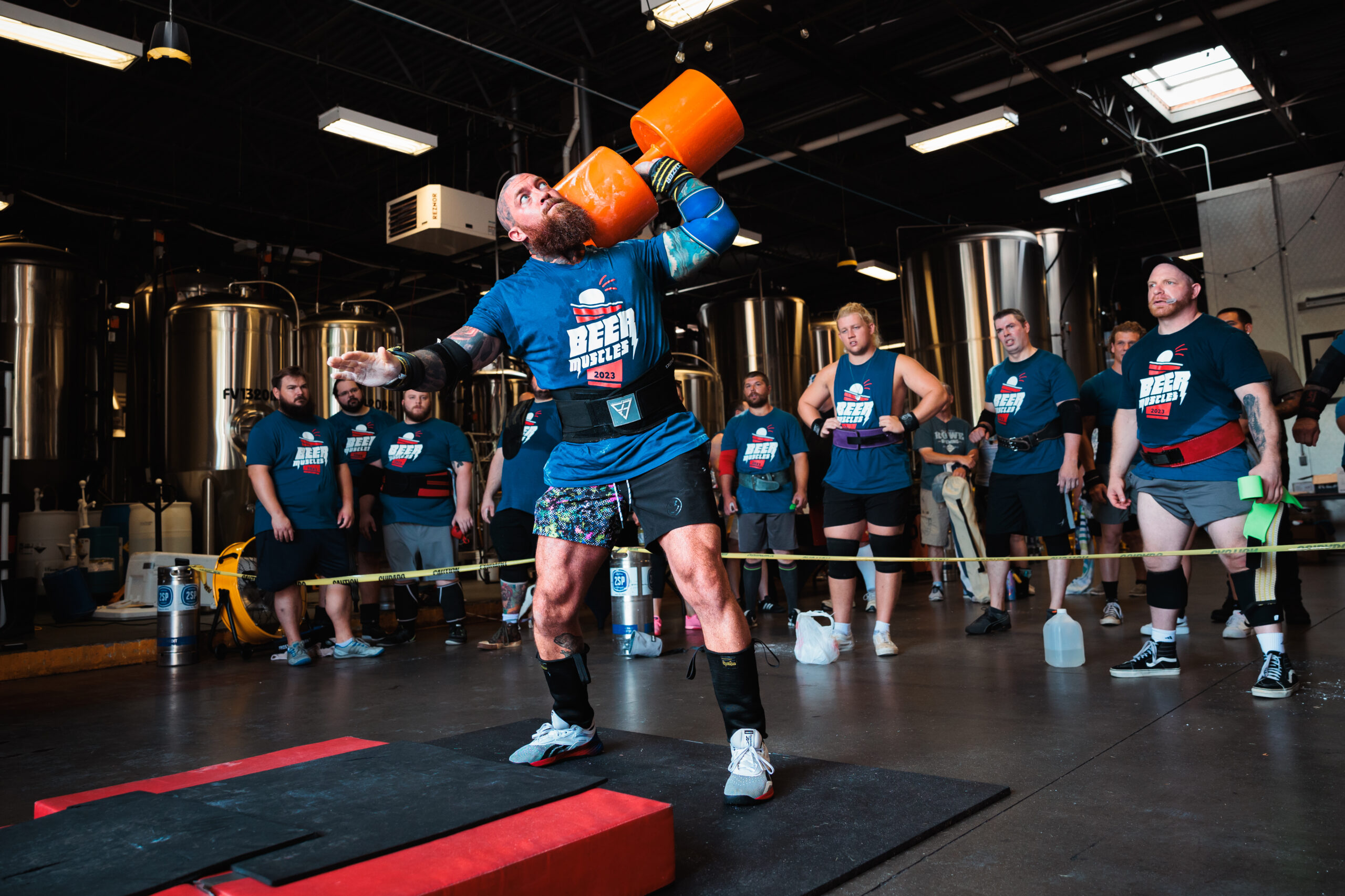
PACING is arguably the most overlooked aspect of a max rep press event. Placement on press events is often decided by 1-2 reps and there are lots of ties, so every rep matters. Planning your pacing is a useful tool in maximizing your timed set on comp day. Here’s how to make it happen.
Set a goal.
About 6 weeks out from competition, you should have a pretty good idea of how many reps you plan to get on comp day. Use this estimate as a base for your strategy.
Pace based on the goal.
If your goal is 10 reps, that’s 1 rep every 6 seconds. If your goal is 4 reps, that’s 1 rep every 15 seconds. Those 2 strategies are very different.
Ten reps requires smooth pacing, minimal rest between reps, and possibly a touch-and-go approach depending on the implement. Four reps will include a couple breaths, a quick mental reset, and letting the implement settle on the ground between reps.
Plan for fatigue.
Shoulder fatigue is a very specific kind of fatigue. Leg drive certainly helps and plays a big role here, but once your upper body taps out, it’s really hard to get it working again. Plan for this ahead of time.
Do some experimenting to learn if you’re a “blast through a bunch, take a rest, then get 1-2 more” kind of lifter, or if you’re a “move steady through the whole thing” kind of lifter. This also might vary based on the implement and event structure (clean every rep vs clean and press away).
Learn how much rest you need to get a successful rep – if you try to go too soon and fail, it’s a huge waste of energy. The key is learning to go when your *muscles* are ready, which is usually a little before your brain thinks you’re ready.
Practice in training.
Once you have a strategy in place, practice it. Get used to what that pacing feels like. Adjust as needed. Be careful not to get wild on comp day. We tell particularly jumpy athletes that “3-2-1-Go” means “3-2-1-It’s your turn to do your planned number of reps” not “3-2-1-RUSH!”
“Rest” overhead.
On some implements – especially in “clean and press away” situations and on Viking presses – the best place to “rest” between reps is actually overhead. Holding a heavy weight on your chest/shoulders is very fatiguing and makes it hard to breathe. It might be easier to take your breath when the implement is locked out overhead instead. This will, of course, vary by athlete and event. But it’s worth trying.
Breathe.
This might seem silly to mention, but breathing is important – specifically, when and how you breathe. Time it with your rests and phases of the lift. Practice.
Pay attention to commands.
Wait for the “down” command. Because press events are typically very close, missing a rep can be costly. It’s especially frustrating if that miss is due to a mental mistake like jumping a “down” command.
Practice responding to commands in training. This is especially important if your athlete is new to the sport (and unfamiliar with commands), has a CrossFit background (where there are no “down” commands), or is planning to do a lot of reps (because they’ll be moving fast).
Practice. Practice. Practice.
There’s nothing wrong with pressing multiple days per week. Pacing, technique, breathing, and down commands can all be practiced at submaximal weights, which helps prepare for competition while mitigating fatigue. And having a plan going into comp helps settle nerves when it’s showtime.
Need Help?
As always, you can reach out to the Strongman.Training team if you need help or have questions. We can talk about coaching, programming, promoting, and whatever else is on your mind. We offer free 15-min coaching calls, as well as event assistance, consulting, and business coaching. You can reach us via email at strongmandottraining@gmail.com or via DM.



